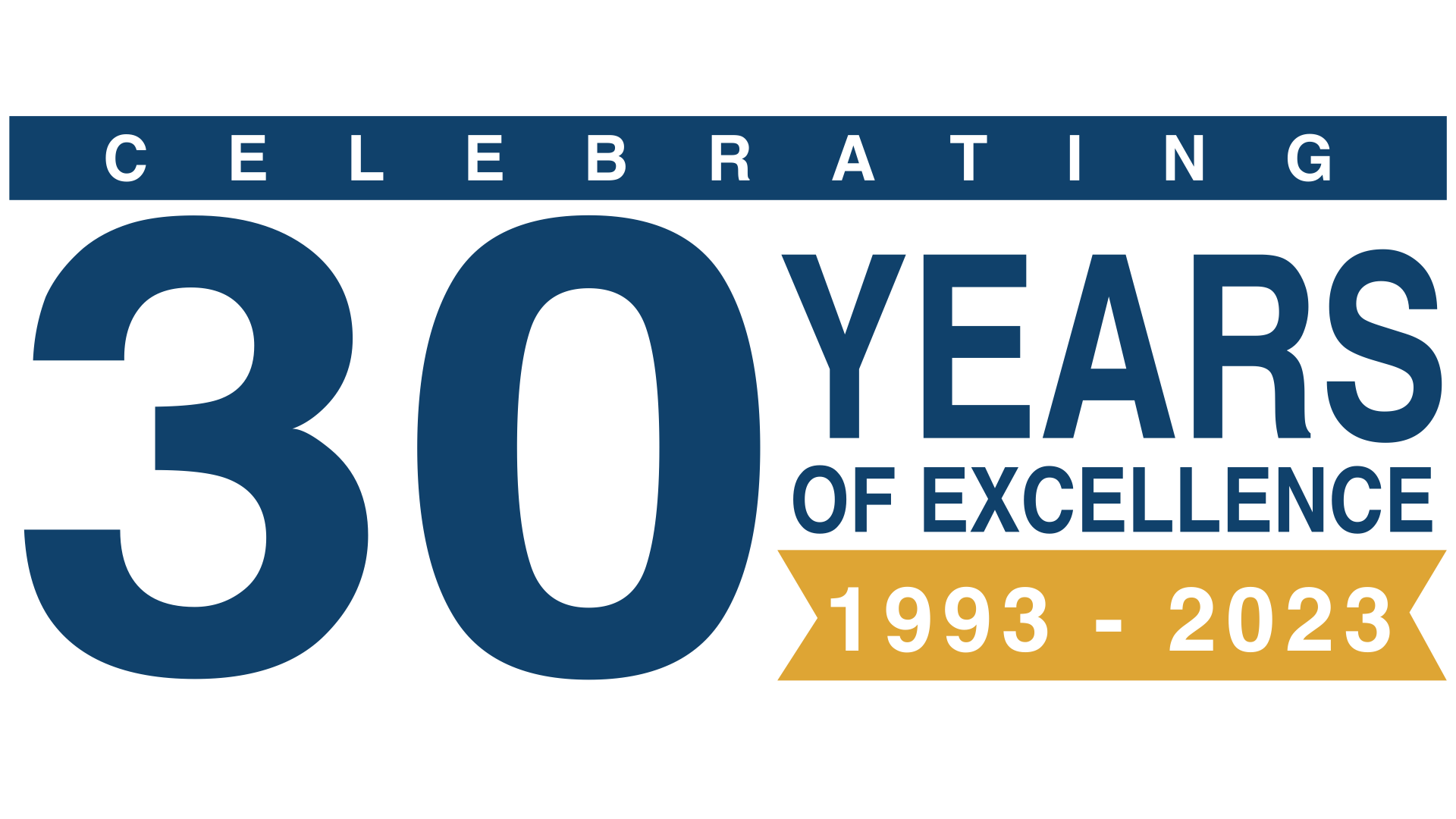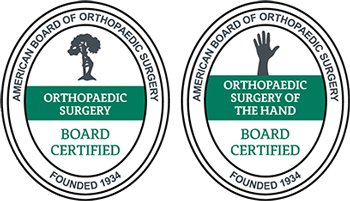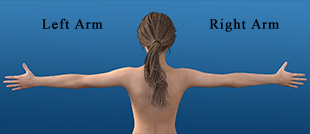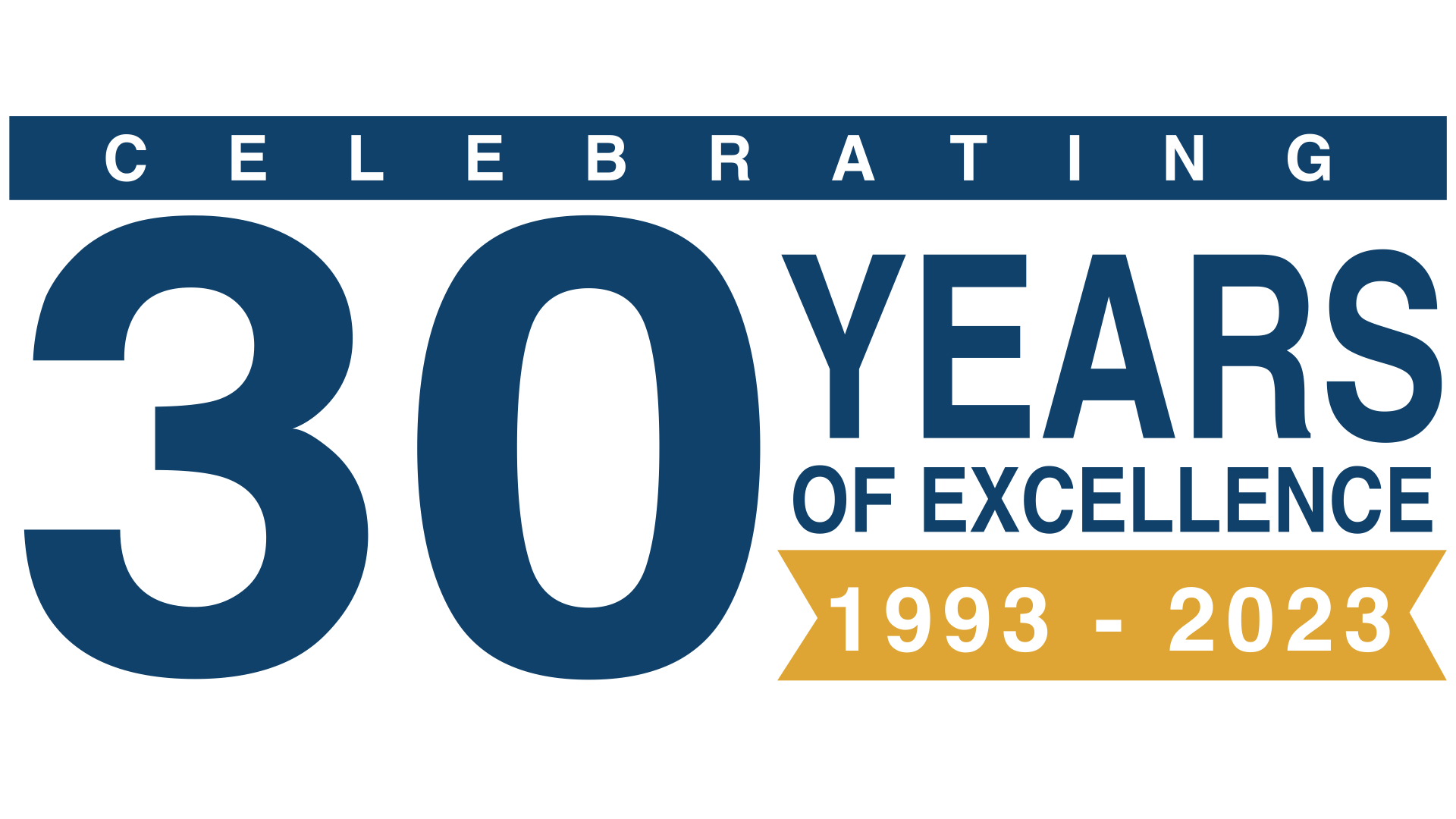Arm Fractures
Contents
What are Arm Fractures?
An arm fracture is a broken or cracked bone in any of the three bones that construct the arm. The humerus is the bone in the upper arm between the shoulder and elbow joints. There are two bones in the forearm: the radius and the ulna. They are located between the elbow joint and the joints of the wrist. When standing in an anatomical position (arms at sides and palms facing forward), the ulna is the bone closest to the body, and the radius is closest to the thumb.
These three bones can be broken in many ways. The fracture can be open, whereby the sharp edges of the fractured bone lacerate the skin and may stick out of the wound or close, leaving the skin intact. The fracture may be comminuted, meaning the bone has broken into several small pieces. The fracture may be associated with a dislocation, where the bone has come out of alignment with the joint. A fracture may also be described as displaced, meaning that the ends of the bone no longer line up. A greenstick fracture occurs when only one side of a long bone is broken.

What are the causes of Arm Fractures?
Arm fractures generally occur because of trauma. They commonly occur by falling onto an outstretched hand. They can be caused by a direct blow to the arm, such as being hit with an object like a baseball bat or an automobile accident. A crush injury to the arm can also result in a fracture.
A pathologic fracture occurs in inherently weak bones. This can be due to a previously undiagnosed congenital deformity of the bone, an occult tumor of the bone, or a medical condition that causes weakness of the bone, like osteoporosis or long-term use of corticosteroids.
A spiral fracture of the arm is caused by rotation and muscle contraction of great force, and the resulting crack wraps around the bone in a spiral fashion. This type of injury is rare and is sometimes called ball thrower fracture.
What are the Symptoms of Arm Fractures?
Arm fractures usually cause an immediate onset of pain and swelling. Depending on the type of fracture, there may be lacerations of the skin with bone fragments sticking out. The arm may appear deformed or crooked and must be supported with the other arm. The affected arm may be shorter than the other due to displacement or dislocation. The range of motion may be severely limited. If nerve damage occurs, there may be numbness, tingling, or weakness. If damage to the underlying blood vessels has occurred, there may be bruising and bleeding, or the hands may appear cyanotic or blue.
How are Arm Fractures diagnosed?
A careful history, including the details of the traumatic event, usually points to the diagnosis of a fracture. The physical exam will also reveal clues and will check for the presence of foreign bodies in the wound (if present) and assess whether the nerves and blood vessels in the area of injury are intact. Imaging studies are essential to the diagnosis of a fracture. X-rays examine the arm bones for the exact location and type of fracture sustained. Sometimes a fracture is not immediately visible on X-rays. These occult fractures are usually tiny cracks causing pain and disability without displacement of the bones or joints. CT or MRI must be used to diagnose fractures in these cases.
How are Arm Fractures Treated?
Depending on the severity of the arm fracture, non-surgical or surgical methods may be employed to treat the fracture.
Non-Surgical
If only one bone is broken and not displaced, immobilizing the bone in a cast or splint may be all that is needed for the bone to heal itself. Serial X-rays will be ordered to ensure the bone is aligned properly throughout the healing process.
If the fracture causes the bones to come out of alignment, it may be possible for a physician to temporarily re-align the bones by reducing the fracture. This commonly occurs in the Emergency Department. Pain medication is given in reduction, and the physician manually attempts to re-align the bones. The arm is then immobilized in a splint, and a follow-up appointment with an Orthopedic Surgeon is made for the following day.
Surgical
If the arm’s nerves or blood vessels are damaged or an open fracture is present, emergent surgical treatment is warranted. Emergent surgical treatment may also be needed if a fracture extends into a joint or cannot be stabilized by reduction and/or splinting.
Most surgical treatment of arm fractures may be done in a timely but non-emergent fashion. If the skin is not broken, giving the splinted arm a few days may be advisable for the swelling to go down and then attempting surgical repair.
In a procedure called Open Reduction with Internal Fixation, surgical repair is achieved using rods, pins, or plates placed into the bones to hold them properly while they grow back together.
With External Fixation, severe fractures can be stabilized from the outside with a metal brace that wraps around the affected part of the arm. This device, called a fixator, attaches the brace directly to the bones of the arm via long screws inserted through the skin and the muscles of the arm to hold the bones in place while they heal.
Following surgery, immobilization is typically maintained for a period of 6 weeks, but this can vary depending on the type of fracture, the age of the individual, and the individual’s state of health. Physical therapy follows once the cast or fixator is removed. This helps to return strength to the arm muscles that have atrophied during immobilization. Physical therapy usually lasts for a period of six months.
How Can Dr. Knight Help Your Arm Fractures?
Dr. Knight will quickly diagnose your arm fracture and relieve your pain while stabilizing your fracture in a splint or cast and expediting surgical intervention if needed to restore fracture alignment. Upon fracture healing, he will get you the rehabilitation you need to return to an active lifestyle as soon as possible. To learn more about general conditions such as fractures, click here to continue reading.
See Dr. Knight, one of the best hand surgeons in Dallas, and see if he can help you live a more pain-free life. Come to our Southlake hand and wrist center or Dallas Fort-Worth office location.
Arm Fractures Fact Sheet
| What are some common causes of arm fractures? | Arm fractures are generally the result of trauma to one or more of the bones of the arm. These can be caused by almost anything, from sports to accidents to missing a stop on the staircase. Fractures are one of the most common traumatic injuries that any doctor will treat. |
| Is it a good idea to treat fractures at home? | Self-treatment of fractions is not recommended as there is a high incidence of complication if the healing is not overseen by a medical professional. The last thing you want is for your bones to heal incorrectly, so please follow medical advice and seek aid as soon as possible after the injury. |
| Are there any medications that can help treat arm fractures? | Arm fractures are not treated directly with medication, but depending on the severity of the break, you may require anti-pain or anti-inflammatory medication. |
| Will there be any permanent damage as the result of an arm fracture? | Even if you don't seek medical treatment, your bone will eventually heal, but without a doctor's oversight there is a high likelihood that the bone will not heal properly and may cause more problems than you orginially had. |
| How will Dr. Knight go about treating the fracture to my arm? | Usually, the fracture will be set and then the arm put into a cast for several months to ensure clean healing and then physical therapy will bring you as close as possible to full use of the affected limb. More cpomplex breaks may require surgery. |
| What is a greenstick fracture? | A greenstick fracture occurs in the long bones of a child when the bone only partially fracutres, similar to a green twig on a living tree. |
Frequently Asked Questions:
How can I tell if I have an arm fracture?
Pain, tenderness, and swelling are the most recognizable signs of a fracture to the arm. Depending on the severity of the fracture, the affected arm might also be noticeably shorter than the normal arm, or there might be visible bone sticking out of the arm, or the arm might be misplaced. Even if a fracture is not immediately detectable on visual inspection, a simple X-ray will allow the doctor to determine the precise nature of any possible fracture in your arm.
Does a hairline fracture have to be put in a cast?
Generally, a hairline fracture does not necessarily need to be placed in a cast, as these are normally reserved for fractures that have had to be reset or realigned. If the patient is a child, however, or if they live an active life and it is difficult for them to devote the time necessary to rest and healing, then a cast or splint can help counteract any jostling that might occur and ensure clean healing of the bone.
What is a greenstick fracture?
Greenstick fractures normally occur only in children, and they are basically when the bone bends and only part of it fractures. They are called greenstick fractures because the break pattern closely resembles when you bend a thin green branch on a living tree. As they only occur in children under 10 or so, and the young are very good healers, they are generally quick to heal and do not leave a lasting effect.
How long does a humeral fracture take to heal?
The healing rate of a humeral fracture can vary depending on the age and bone health of the person who suffered the break, but the generally accepted healing time for a standard humerus fracture is three months.
Disclaimer
HandAndWristInstitute.com does not offer medical advice. The information presented here is offered for informational purposes only. Read Disclaimer

























